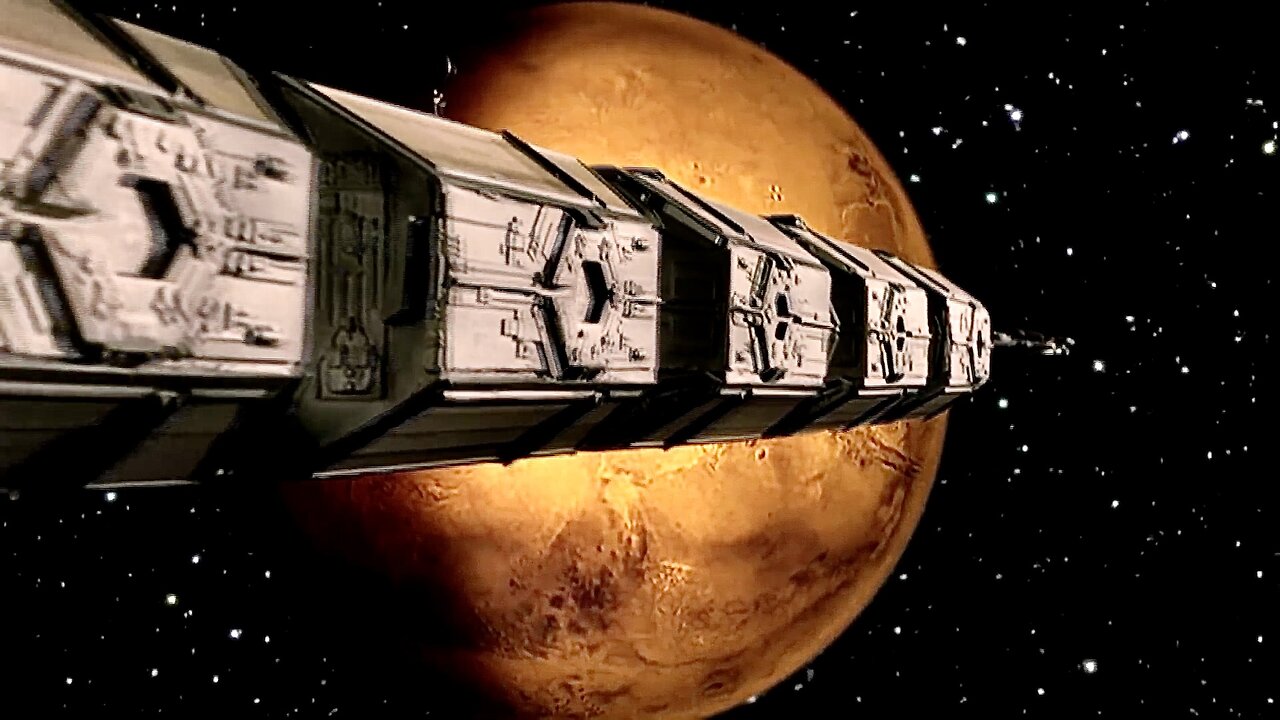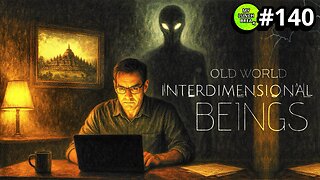Premium Only Content

Best & Worst Planets For Human Colonization In Our Solar System - Full Documentary
The Solar System’s five most livable places - Earth might need a backup plan. Elon Musk certainly thinks so, and SpaceX relentlessly pursues its goal of colonizing Mars...The good: Mars is the obvious choice. It is close enough for humans to travel to with existing propulsion technologies within about six to nine months. The planet also has soil, surface ice at the poles, and liquid water below ground at lower latitudes. There is enough sunshine to provide solar power. The thin Martian atmosphere provides a modicum of protection from cosmic and solar radiation. All of the above factors suggest that humans could build a somewhat sustainable colony over time on Mars, although it would largely be an indoors existence.
The bad: There is so little atmosphere that it might as well not exist. About 19km above the Earth, pilots reach the Armstrong limit, where water boils at the temperature of the human body, and the atmosphere is about 6 percent that of Earth's surface. The Martian atmosphere is about one-tenth the value of the Armstrong limit. An exposed human on the surface would die within a few dozen seconds. The recent discovery that solar wind has stripped the Martian atmosphere away over billions of years has also dealt a blow to hopes that the world might be terraformed by releasing carbon dioxide trapped in Martian rocks.
The Moon
The good: Proximity. Humans can get to the Moon within a few days, making travel and resupply by far the easiest of any off-world location. Scientists also believe that ample amounts of water ice exist at the lunar poles, providing a hefty source of drinking water, radiation shielding, and rocket propellant. The moon's surface contains valuable minerals, such as silicon, which could be used to make solar cells, and Helium-3, which might be a good source of energy. It is also plausible that large lava tubes exist just beneath the Moon's surface, which could be large enough for human cities.
The bad: The Moon has no atmosphere, of course, making surface activities hazardous and leaving astronauts vulnerable to radiation. The Apollo astronauts, too, found the Moon's dusty surface was difficult to contend with when they brought the dust back into their spacecraft.
Titan
The good: Energy, and lots of it. The great lakes of Saturn's moon Titan are filled mostly with pure methane, providing a near limitless supply of power for human activities. The surface pressure is about 1.4 times that of Earth, too, which means it is one of the few places in the Solar System where humans wouldn't need a pressure suit (aside from an air mask) to walk outside. The nitrogen, methane, and ammonia in Titan's atmosphere could be used as fertilizer to cultivate crops in greenhouses, and there may also be subsurface water. The thick atmosphere would provide good radiation shielding.
The bad: Temperature and distance. The surface of Titan is about -180 degrees Celsius (so no pressure suit, but LOTS of layers of warm clothing). And since this moon orbits Saturn, it is the farthest of any of these options, requiring the better part of a decade for humans to reach with current propulsion systems.
Venus
The good: An atmosphere! We're not talking about the surface of the planet, where the crushing atmospheric pressure is equivalent to about 900 meters below the surface of Earth's oceans, and the temperature is a boiling 462 degrees Celsius, on average. We’re talking about 50km above the surface, where the atmospheric pressure is equivalent to that on Earth and temperatures range from 0 degrees to 50 degrees Celsius. Moreover, the remaining Venusian atmosphere provides radiation shielding. A human might sun oneself on an open-air deck wearing only a breathing mask. NASA has already done some preliminary work studying a floating airship concept with its Project HAVOC.
The bad: When it rains, it rains sulfuric acid. This would damage solar panels and the airships themselves, not to mention any humans caught unawares out in it. The other problem is resupply of water or metals.
Callisto
The good: Callisto is not as famous as some of the Jovian moons, such as Europa, but it probably would be the best one to live on. Comparable in size to Mercury, it is the most distant from Jupiter of the planet's four large moons, which means it receives less radiation from the gas giant. Spacecraft have observed bright patches of ice on the moon's rocky surface, and deeper inside the planet there’s probably a salty ocean that is 50 to 200km deep.
The bad: Callisto is still several years of travel from Earth. The moon has only a tenuous atmosphere, so it would not be unlike living on the surface of Earth's own Moon. And while the radiation levels are lower than Jupiter's other moons, they are still higher than Titan and some of the other alternatives. Solar panels would be of limited use for colonists as Callisto receives only about 1/25th of the solar energy that Earth's Moon does.
#explore #space #documentary
-
 2:05
2:05
Knowledge Land
4 months agoScientists revive dire wolf species from ‘Game of Thrones’ in world’s first known ‘de-extinction’
661 -
 58:59
58:59
MattMorseTV
4 hours ago $0.95 earned🔴Trump just BROKE Newsom.🔴
42.3K42 -
 18:14
18:14
Her Patriot Voice
4 hours agoWho Is WORSE for NYC: Trump Girl or Socialist?
15.7K23 -
 3:39:42
3:39:42
SavageJayGatsby
4 hours agoSpicy Saturday with Mally! | Road to 100 | $300 Weekly Goal for Spicy Bites!
24.6K -
 LIVE
LIVE
FomoTV
6 hours ago🚨 Swamp Theater: FBI Raids Bolton 🕵 Still NO Epstein Files, Trump's Troops & the Red Heifer Hoax 🐂 | Fomocast 08.23.25
68 watching -
 6:04:40
6:04:40
Akademiks
9 hours agoRoc Nation & Meg Thee Stallion did a 7 HOUR Deposition with me. Drake Secret Kid Finally Revealed.
45.1K1 -
 24:19
24:19
Stephen Gardner
5 hours ago🚨BREAKING: FBI Raid of John Bolton’s House Reveals THIS!
47.4K121 -
 8:31
8:31
MattMorseTV
7 hours ago $1.10 earnedTexas just did the IMPOSSIBLE.
43.2K58 -
 24:39
24:39
MYLUNCHBREAK CHANNEL PAGE
1 day agoInterdimensional Beings at Borobudur
52.2K27 -
 12:42
12:42
Scammer Payback
1 day agoCalling Scammers who were Raided
24.2K11